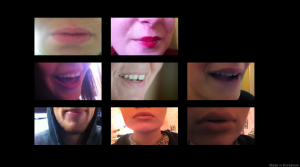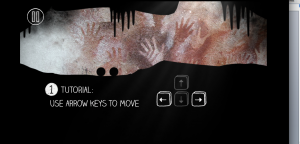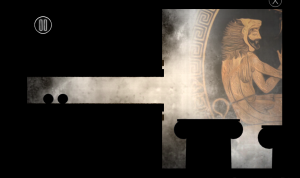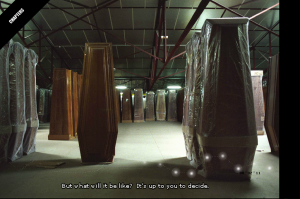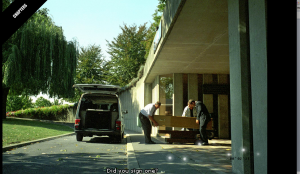This week’s interactive documentary inspiration is Grayson Cooke’s film Live Audio-Visual Performance in Australia. I viewed this film under Seth’s recommendation. He advised that it may inspire us to reconsider not using text in our group K-Film. After viewing the film and observing Cooke’s use of text, here is what I thought…
- Text is used in the preview windows to provide a clue to what the content is about.
- The bold capital white text on a black background is 1-10 words in length
- The text may be a vague phrase that the subject mentions in their interview or an unusual word that is said. This means that the user will still be surprised when they watch the clip as they don’t have any visual clues regarding who is going to speak or what it is actually going to be about.
- This idea is used to encourage the user to choose their next clip based on content rather than visual interest. The user is likely to chose a clip based on a title that intrigues them the most.
- Text is also used above the main viewer window stating the name of the subject and occasionally a small description of their personality.

If we were to reconsider introducing text into our final K-Film we would need to be extremely careful about the words we select. Our film is all about surprising the viewer with the philosophical words that the subject provides us with in the interview. Many of our clips do not include a personal story along with their advice therefore we believe it would spoil the content if the words summarised the footage the way Cooke employs text. We want our users to select the clip based on the feet that appeals to them the most.
We may still consider adding text to the main viewer window to accompany the footage, but once again we wouldn’t want it to detract from the experience of hearing the words from the subject’s mouth. It would not be consistent if some videos contained text and others didn’t, but some videos are short, sharp and to the point so it may be difficult to add to that, unless we add in something to do with the visuals, maybe where it was filmed or some extra information about the subject.
